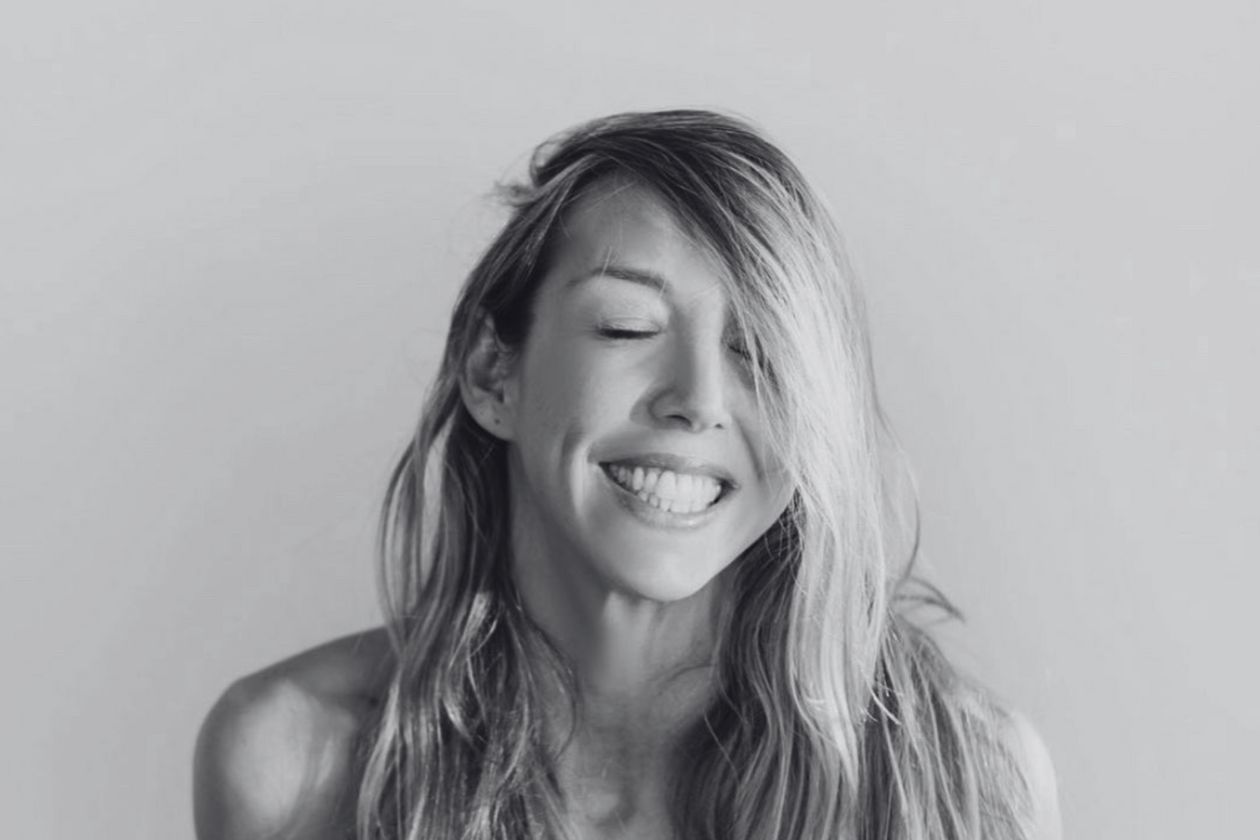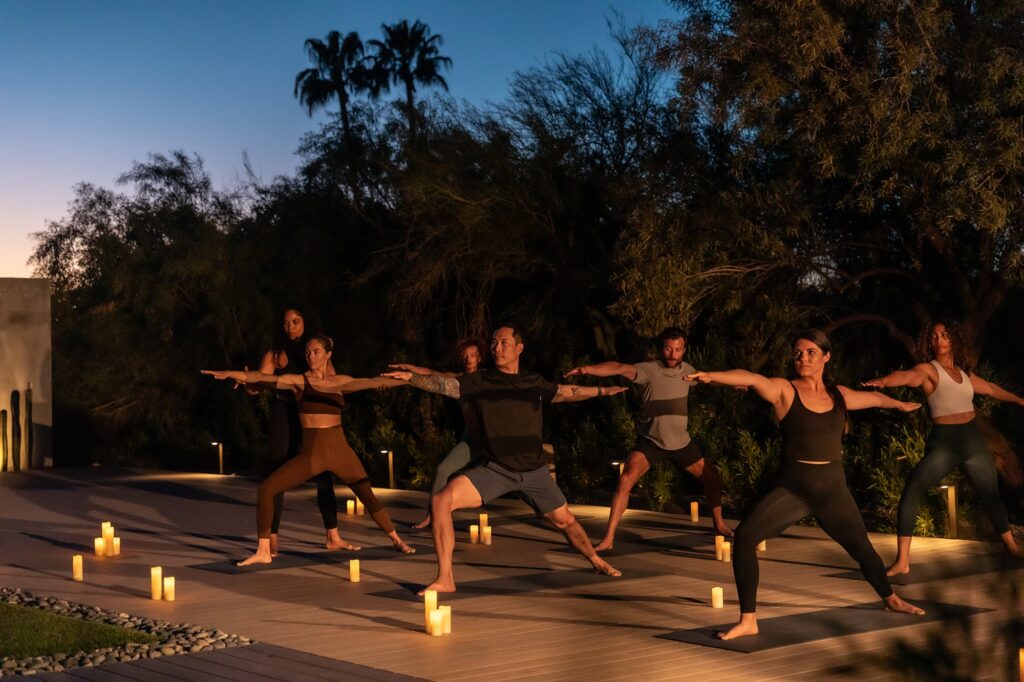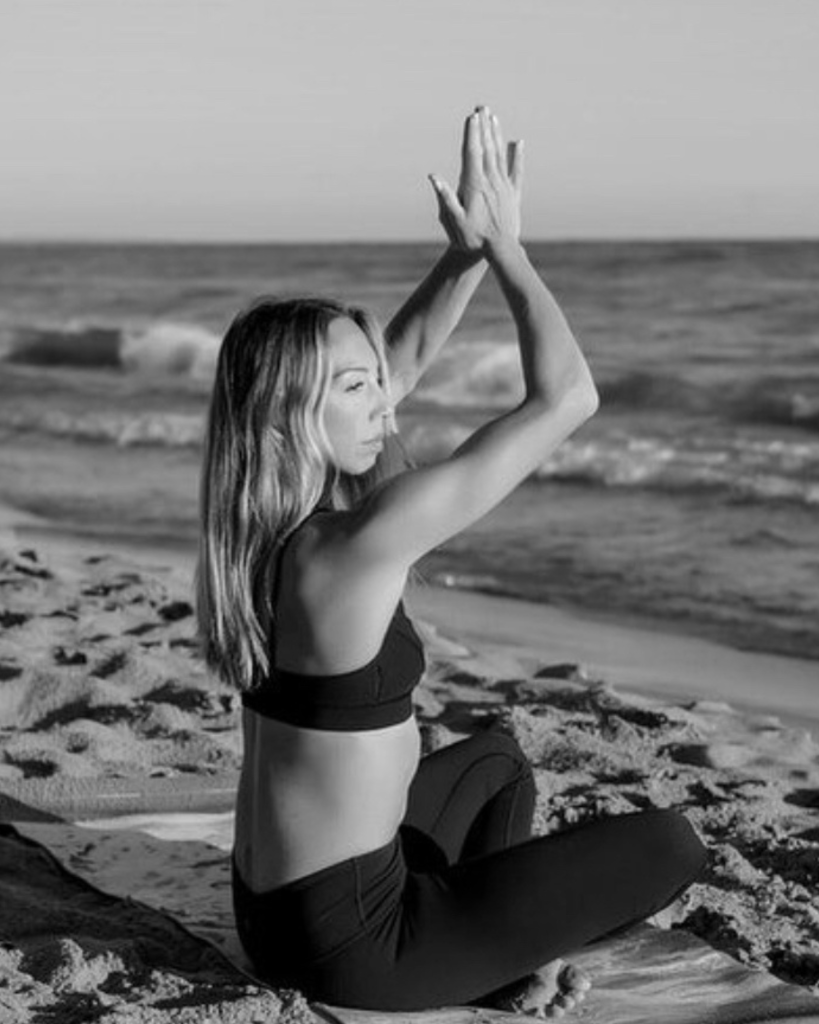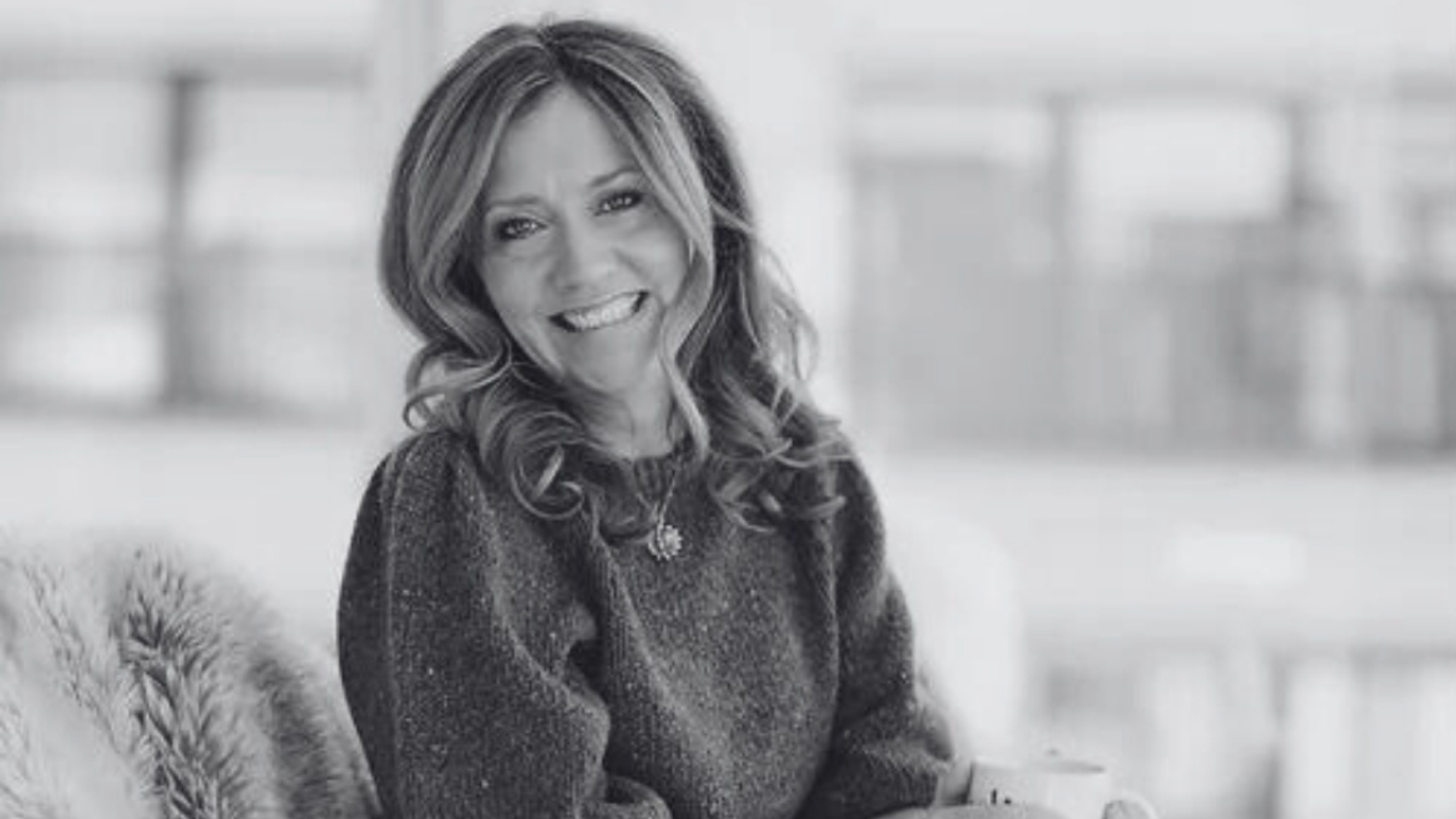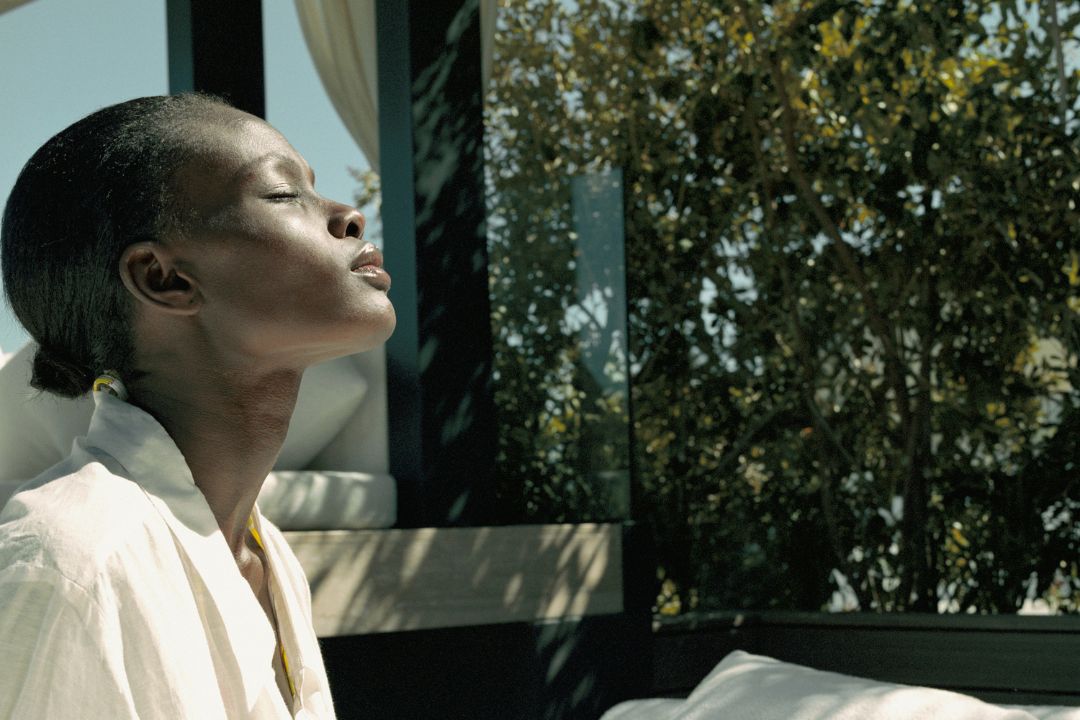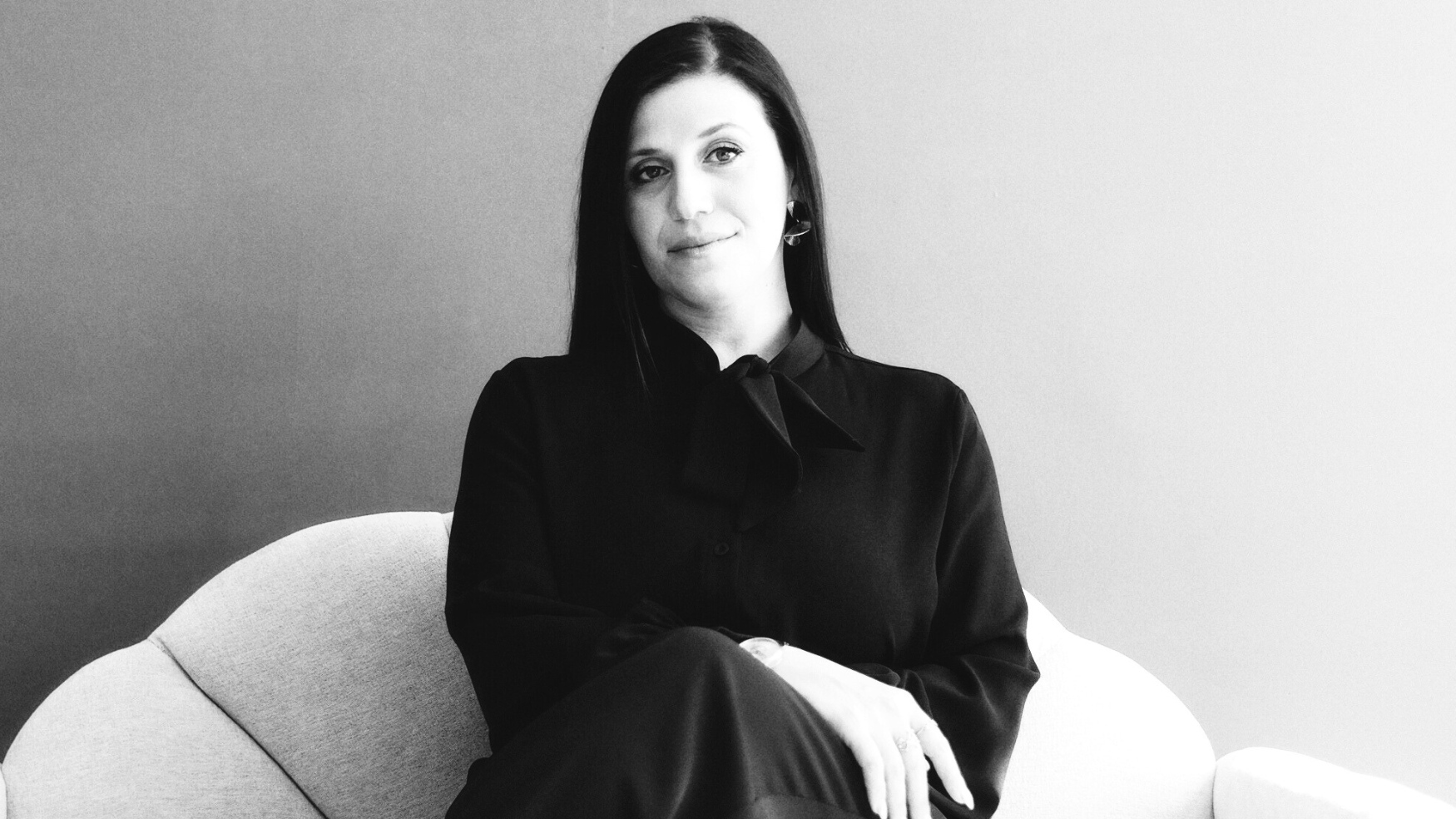There’s something quietly radical about carving out time for yourself—a retreat, a deep breath, a moment to listen inward. At Seekers Field Guide, we’re endlessly inspired by those who help us find our way back to ourselves and we’re thrilled to introduce you to Guide Mia Zifkin, whose approach to yoga, meditation, and embodied transformation is both grounding and expansive. Alongside her is Jenny Haseth, her retreat cohost, whose warmth and wisdom help create the kind of nurturing, transformative space we all crave.
In this Q&A, Mia and Jenny share their stories, rituals, and the philosophies that shape their work. They invite us to consider what it means to truly reset—not just for a weekend, but in the way we move through our daily lives. Whether you’re seeking practical tools or a spark of inspiration, let Mia and Jenny be your guides as we explore the art of coming home to ourselves.
What does the phrase “Sacred Reset” mean to you—personally and spiritually?
Mia: “Sacred Reset” is an invitation to pause — to step away from the noise of daily life and everything that has brought you to this moment. It is a space to reflect, heal, and integrate. A way to tap into your intuition so you can find your flow, align with your true path, and create your destiny with clear and conscious intention. Through guided practices of channeling, visioning, and embodied transformation, this experience offers the clarity and energetic reset needed to move forward with purpose, presence, and power.
Jenny: “Sacred Reset” is an acknowledgment of setting aside a space that is holy and deeply
meaningful. A sacred space is one we enter with intention, care, and reverence—whether to clear or renew something in our lives, release old patterns, or create more space for what truly matters. “Sacred” refers to what we hold as deeply meaningful, while “reset” focuses on where we need to realign and come back to center. It asks: What needs to begin again? What needs to be released? When we enter a sacred container, we do so with compassion and care for ourselves and those who share this space with us.
What is one belief or story about yourself that you’ve had to release in order to grow?
Mia: Much like Jenny shared, I once believed the answers were always outside of myself. Growing up, there were many moments where I felt like I was “too much” — too loud, too emotional, too expressive. I internalized the message that asking for what I truly wanted was overreaching, and that wanting more somehow made me ungrateful or unworthy. That belief quietly followed me into adulthood, showing up in moments when I had the opportunity to grow — but instead chose to stay small, quiet, and safe. I carried a subconscious story: that I couldn’t get what I wanted simply by asking for it. It wasn’t until I found myself backed into corners — moments when staying small was no longer an option — that I realized the power of using my voice. Even when I’ve spoken through fear or uncertainty, I’ve been met with answers. Every time I chose to speak up, I returned to my integrity. I wouldn’t say I’ve mastered this yet — it’s a continual process, a returning. But what I have learned is that the journey isn’t about becoming someone new. It’s about remembering who I’ve always been.
Jenny: A story I’ve had to release over and over is the belief that I am not sovereign in my own life—that the answers are outside of me and need to be found elsewhere. Growing up in the church, I was conditioned to always seek others opinions rather than getting quiet and curious about what was true for me. I relied on external insight rather than internal wisdom, abandoning my own inner knowledge repeatedly until I could no longer recognize myself or the life I had created. I’ve been releasing layers of this for the last ten years. It’s been a long journey back home to myself, and I’m so grateful for all the versions of myself that had the courage to keep moving forward.
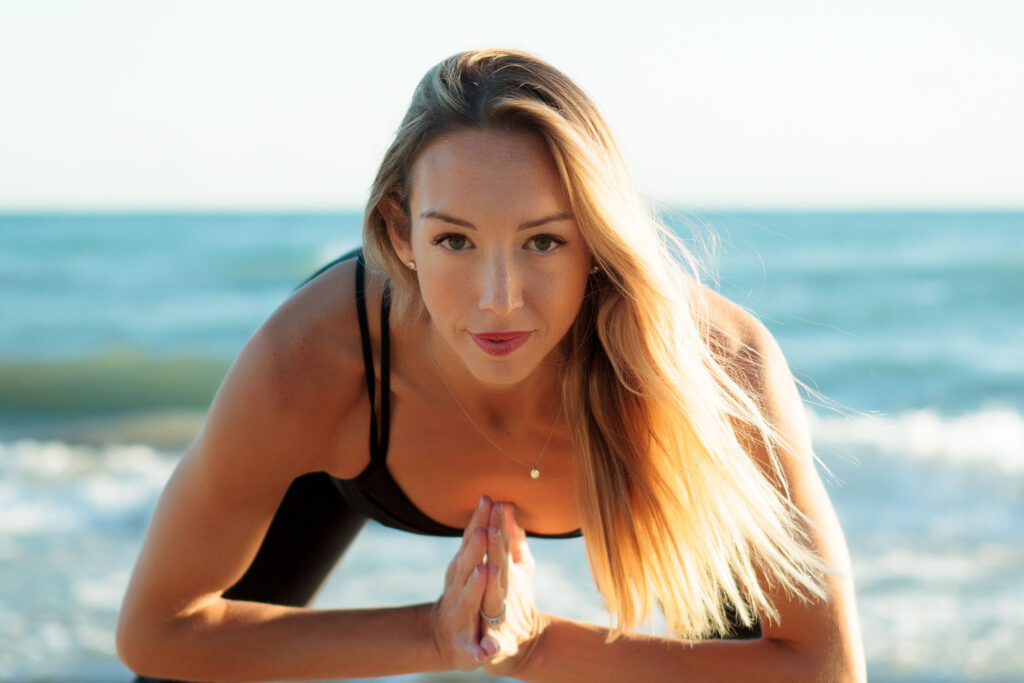
When do you feel most at home in your body, your life, or your purpose?
Mia: I feel most at home after I’ve moved my body. My connection to self has always been rooted in sensation — I need to feel myself in order to understand myself. Movement is my mirror, my translator, my guide. It’s how I come back to me — and it’s how I learn to connect with others. My biggest breakthroughs happen when I am in motion — on a run, deep in a yoga practice, lying still in savasana, on the water, or pushing through a physical challenge. It’s in these moments — when I sync my breath with my body — that I begin to access what’s been stored beneath the surface. Through the rhythm of my exhale, I can feel what needs to be released — the stuck emotions, the memories, the tension. I can locate where they live in my body, understand why they’re there, and begin to move them through and out. And once that release happens… I return to myself. I come home.
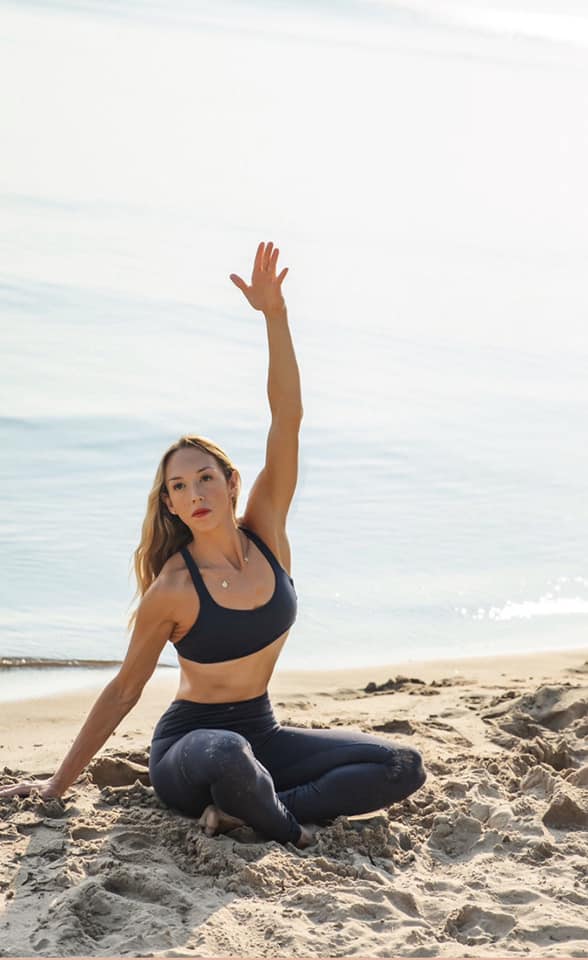
Jenny: I feel most at home in my body when I’m relaxed in nature or practicing yoga and meditation. I feel most at home in my life during authentic connections where I can laugh or cry, in clean, aesthetically pleasing spaces filled with natural light. I feel most at home in my purpose when I’m serving my family or community—when I can use my voice to help others feel seen and safe.
What’s a ritual, practice, or moment that helps you reconnect when you feel ungrounded?
Mia: Running or practicing yoga helps me ground. Movement brings me back to my breath — and my breath helps me understand what I am holding in my body, what I may be overlooking, or what is waiting to be acknowledged. I tend to move quickly through life. My mind is constantly spinning with ideas, momentum, and motion. It’s easy for me to skip over things — to bypass what needs more space. But when I am moving — especially when I am asked to return again and again to my breath — something shifts. I reconnect. I process. I slow down. I land. Movement isn’t just physical for me — it’s a pathway to presence.
Jenny: I use breathwork to help me ground, and I check in with my five senses. If possible, I go for a walk, run, or attend yoga. I also have music I love that I play at home when I feel like my energy or my kids’ energy is off. I’ll light a candle, put on music, and try to breathe and slow down.
What quality do you most admire in those doing deep inner work?
Mia: The quality I most admire is the ability to forgive oneself. As Jenny beautifully said, self- forgiveness is a form of courage — one that asks us to meet ourselves with honesty and compassion at the same time. It takes strength to look at your personal journey and acknowledge not only the challenges you’ve faced, but also your own participation in them. It’s in that awareness — that brave act of accountability — where true transformation begins. Forgiveness doesn’t happen all at once. It is a gradual unfolding. A process of making intentional, meaningful changes. Of creating space for reflection, for ownership, and ultimately, for grace. In that space, healing happens. And in that healing, we begin to return to ourselves — lighter, wiser, and more whole.
Jenny: The quality I most admire is courage—especially when leaders can share their process publicly as they’re moving through it. I often feel called to do this but keep making excuses to stay in my bubble.
If your soul had a motto right now, what would it be?
Mia: Movement is Medicine.
Jenny: Be Here Now.
What part of the Sacred Reset Retreat are you most excited to share with others?
Mia: I am most excited to offer participants the powerful synergy between Jenny’s soul- nourishing approach to healing, personal development, and deep reflection — and my own path to transformation through intentional movement. Together, we are bridging mind, body, and spirit in a way that invites true transformation and transcendence. This retreat isn’t just a weekend getaway — it is a catalyst. Those who join us will leave with an embodied experience that will ripple far beyond these few days. It will touch the months ahead, and more importantly, shift the trajectory of their lives. They will walk away with tools, insights, and inner alignment that empower them to pursue their dreams with clarity — and with new patterns that will positively shape how they see themselves, how they move through the world, and how they continue on their unique path with purpose and power.
Jenny: Most of us don’t have a safe, empathetic space to just be wherever we are. I’m most excited for others to experience slowing down and connecting with their inner voice—a safe space for reflection where we can replace the inner critic with inner compassion. I want this to be a space where everyone can see their true divine humanity and reclaim their wild, where they can connect with their authenticity without having to trade it for belonging. I hope they experience connecting with both self and others in a way that is life-giving and authentic.
If you could whisper one truth to each participant before they arrive, what would it be?
Mia: Everything you need to know is already within you. You simply needed the space — the stillness — to truly see it. Just like water stirred by the wind, when life feels turbulent, all you can see are the waves. But when the wind quiets and the surface softens, the reflection becomes clear. Only then can you begin to see not just yourself, but the depth that’s always been beneath. Clarity lives in the calm. And from that calm, your truth can rise.
Jenny: You deserve this space. You are sacred—your breath, your thoughts, your very being are already sacred. You came into this world complete, with everything you need for vitality and healing. Come as you are. Sit, breathe, and allow the divine to speak to you.
Written by the Seekers Field Guide Editorial Team.
Learn more about Mia Zifkin and the Sacred Reset Retreat ici.
